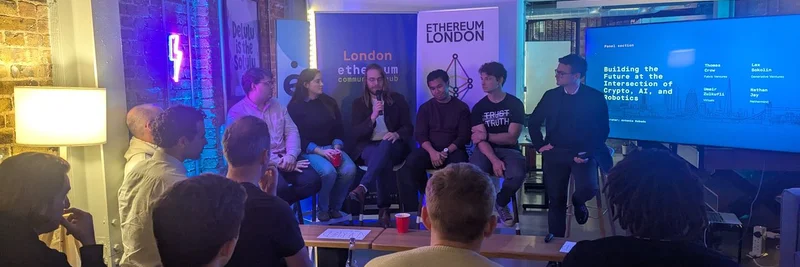The world of cryptocurrency is buzzing with excitement, and a recent tweet from sassal.eth has sparked some interesting conversations. Posted at 7:02 AM UTC on August 4, 2025, the tweet proudly declares, "Banks also have outages. Ethereum has never had an outage. 10 years. 100% uptime." This statement, which quotes an earlier post from SharpLink Gaming, highlights Ethereum's remarkable reliability compared to traditional banking systems. Let’s dive into what this means and why it’s catching the attention of the crypto community.
What Does 100% Uptime Mean for Ethereum?
For those new to the crypto space, "uptime" refers to the amount of time a system is operational and accessible. Ethereum, the second-largest blockchain by market cap, has been running smoothly for a decade since its launch on July 30, 2015. Unlike banks, which often close on weekends or face technical glitches (like the global IT outages reported in 2024 by beincrypto.com), Ethereum keeps chugging along 24/7. This reliability is a big deal because it powers decentralized apps (dApps), smart contracts, and even meme coins—yes, those quirky tokens we love at Meme Insider!
The tweet includes a striking image of a person with a flashy grin, decked out in bling, holding a book labeled "4Chan Token."
Ethereum vs. Banks: A Reliability Showdown
Banks have been the backbone of finance for centuries, but they’re not immune to downtime. Whether it’s scheduled maintenance or unexpected outages (like the one that hit Visa and Amazon in 2024), these interruptions can disrupt payments and services. Ethereum, on the other hand, operates on a decentralized network of computers worldwide. There’s no single point of failure, which means it’s designed to keep going even if some nodes go offline. According to ethereum.org, this 100% uptime is a testament to its censorship-resistant and decentralized nature.
The tweet’s author, sassal.eth, isn’t alone in praising this feat. Replies from users like francescoswiss and TheMEMELordx69 echo the sentiment, with comments like “Banks: ‘Come back Monday.’ Ethereum: ‘Block confirmed.’” This reliability makes Ethereum a favorite for developers and investors alike, especially in the fast-paced world of meme tokens.
The Meme Coin Connection
Now, let’s tie this back to the image in the tweet. The 4Chan Token book hints at the growing popularity of meme coins inspired by the infamous 4Chan community. Posts from 4ChanToken and others (like ApuMiladyChan) claim 4Chan as the “bitcoin of memecoins,” a bold statement linking meme culture to Ethereum’s robust blockchain. These tokens, often traded on platforms like CoinGecko, rely on Ethereum’s uptime to function, proving that even the wild world of memes depends on solid tech.
Why This Matters to You
If you’re a blockchain practitioner or a meme coin enthusiast, Ethereum’s uptime is a game-changer. It means your transactions, whether buying a serious NFT or a silly 4Chan token, are processed without delay. Plus, with institutions eyeing on-chain solutions (as noted by nghiaphamchi), Ethereum’s reliability could pave the way for broader adoption. Sure, some users like chiimahcrypt point out high gas fees as a downside, but the trade-off seems worth it for many.
Looking Ahead
As we sit here at 3:22 PM +07 on August 4, 2025, Ethereum’s 10-year milestone is more than just a brag—it’s a promise of what decentralized tech can achieve. Whether you’re hodling ETH or diving into the meme coin madness, this uptime record is a reminder of the power under the hood. Keep an eye on meme-insider.com for more updates on how Ethereum and meme tokens shape the future!
What do you think—will Ethereum’s reliability keep it on top, or will new blockchains steal the spotlight? Drop your thoughts in the comments!



